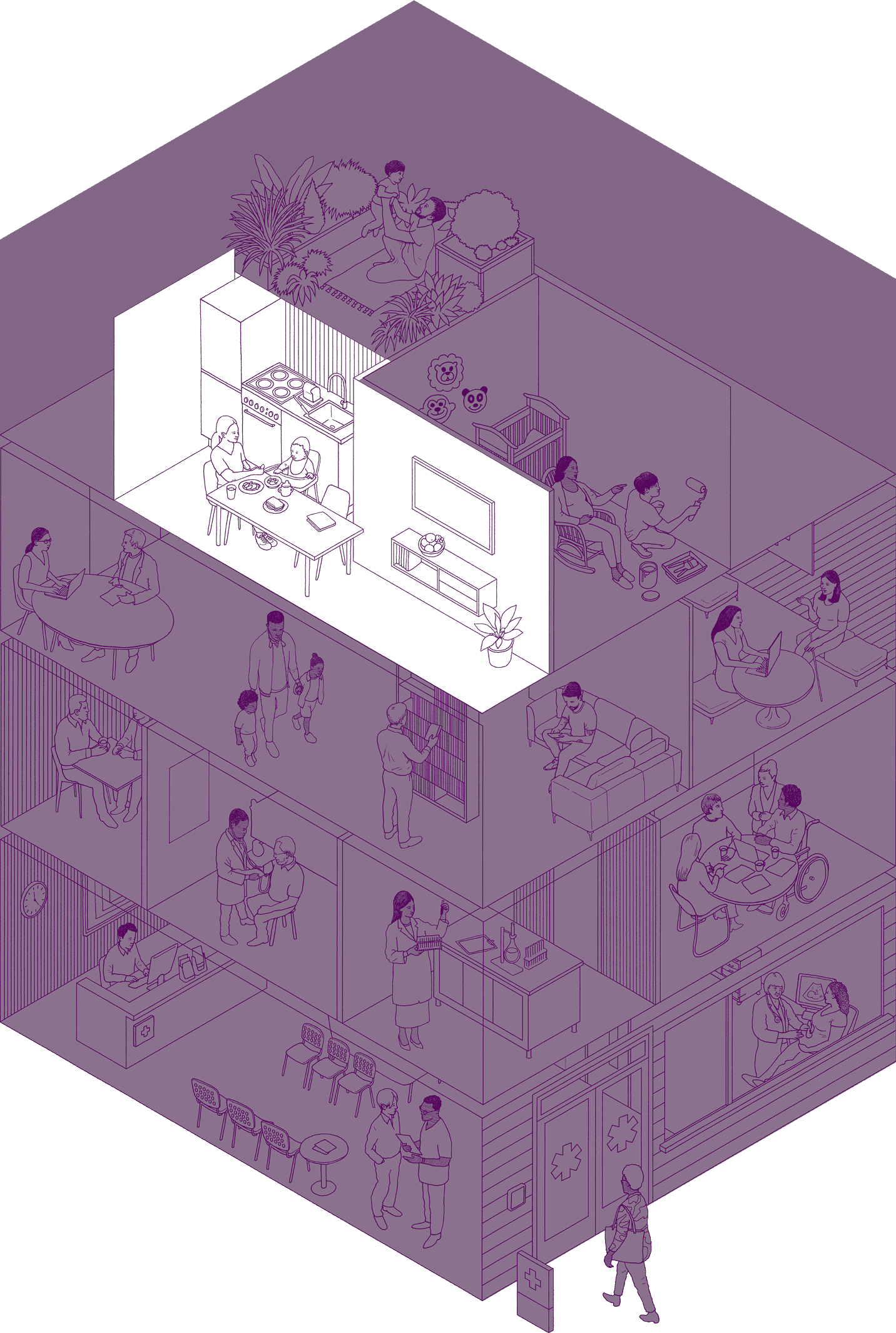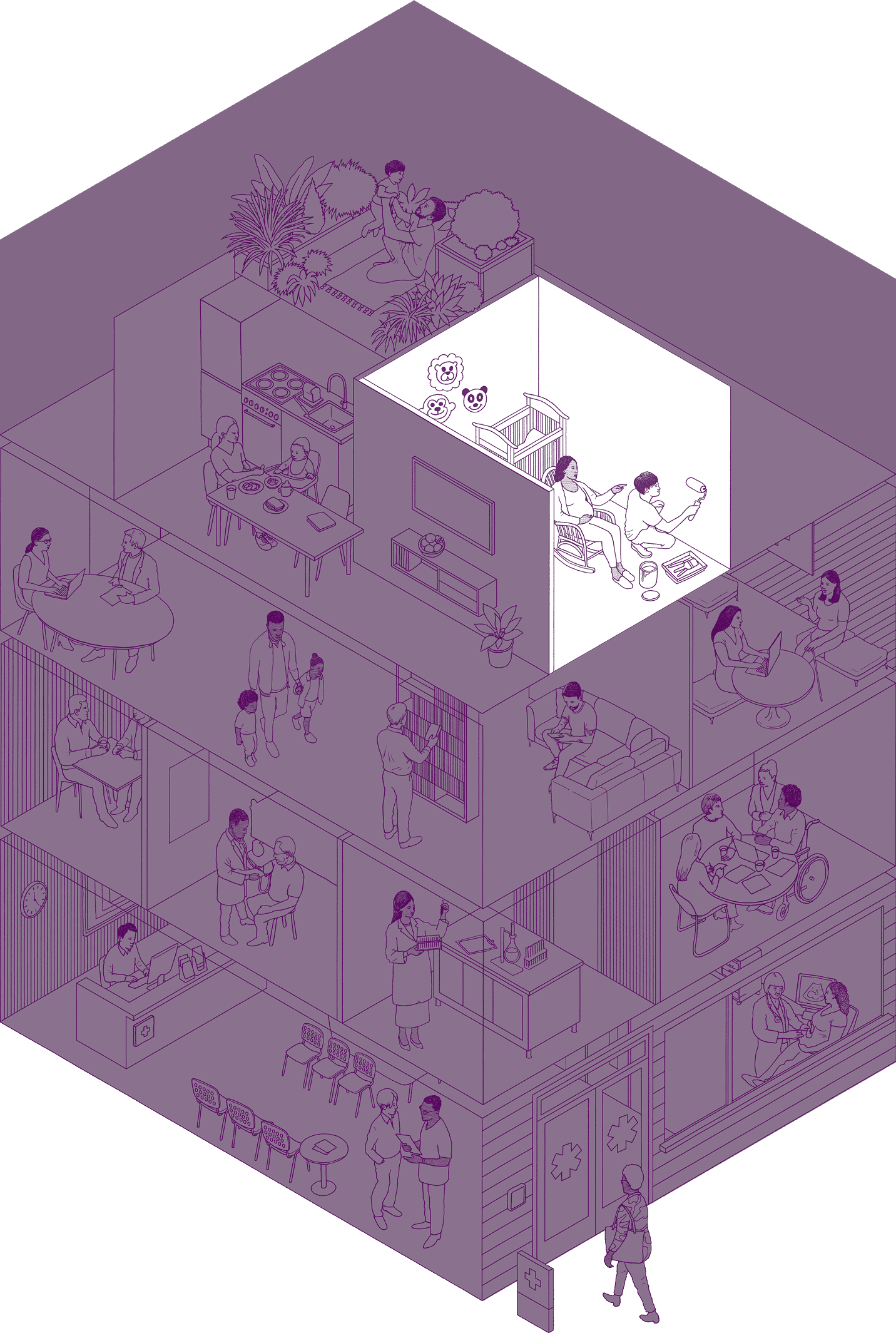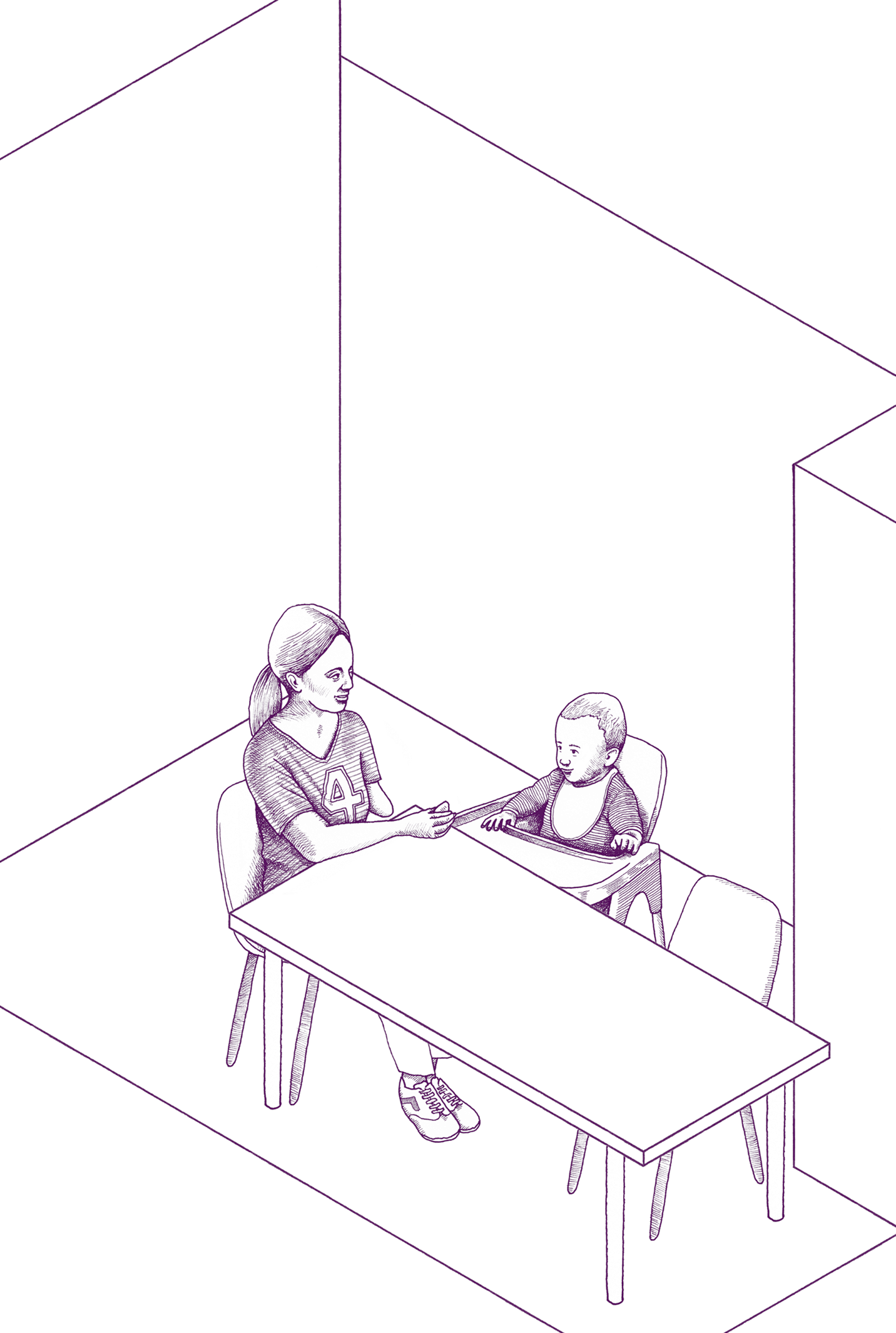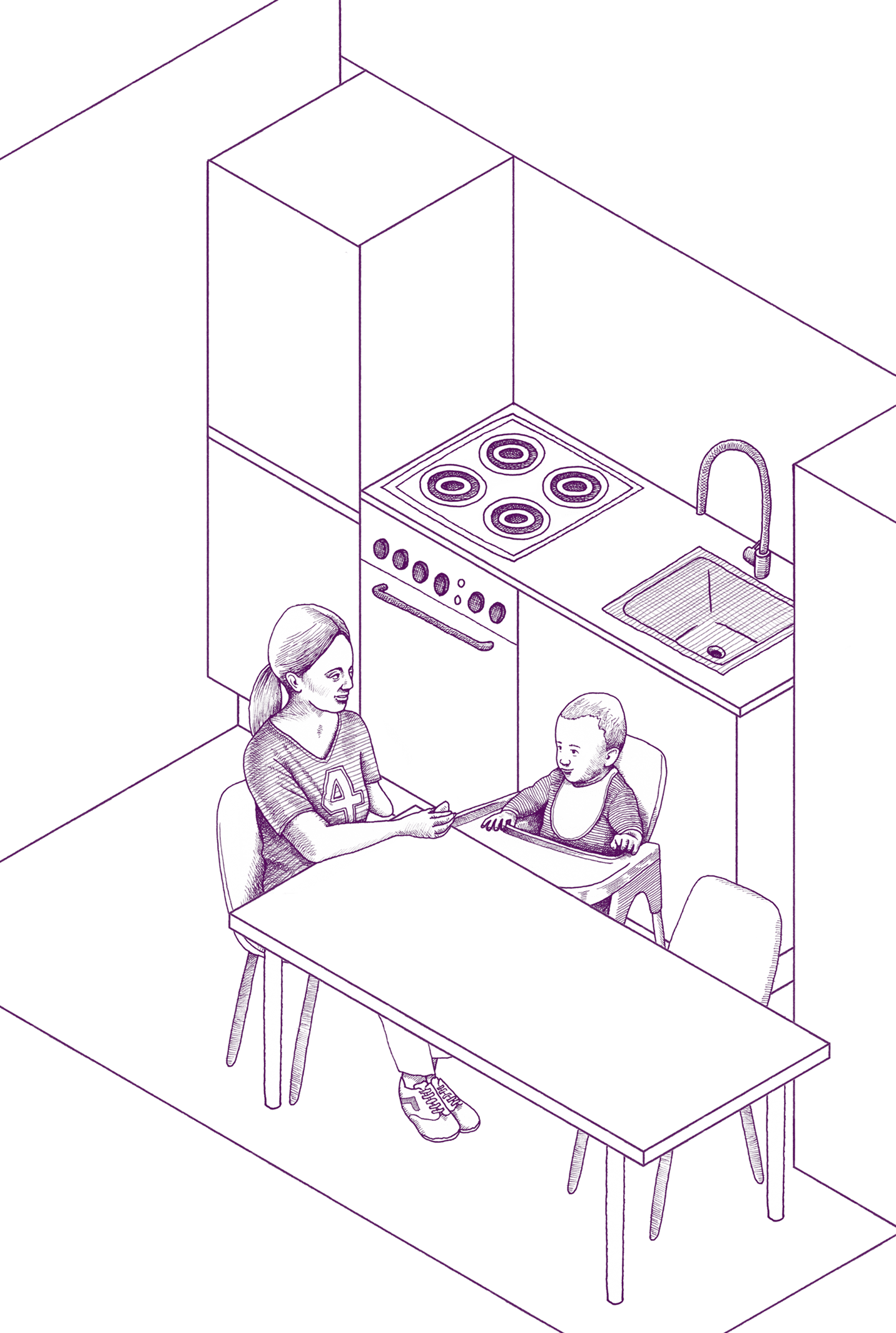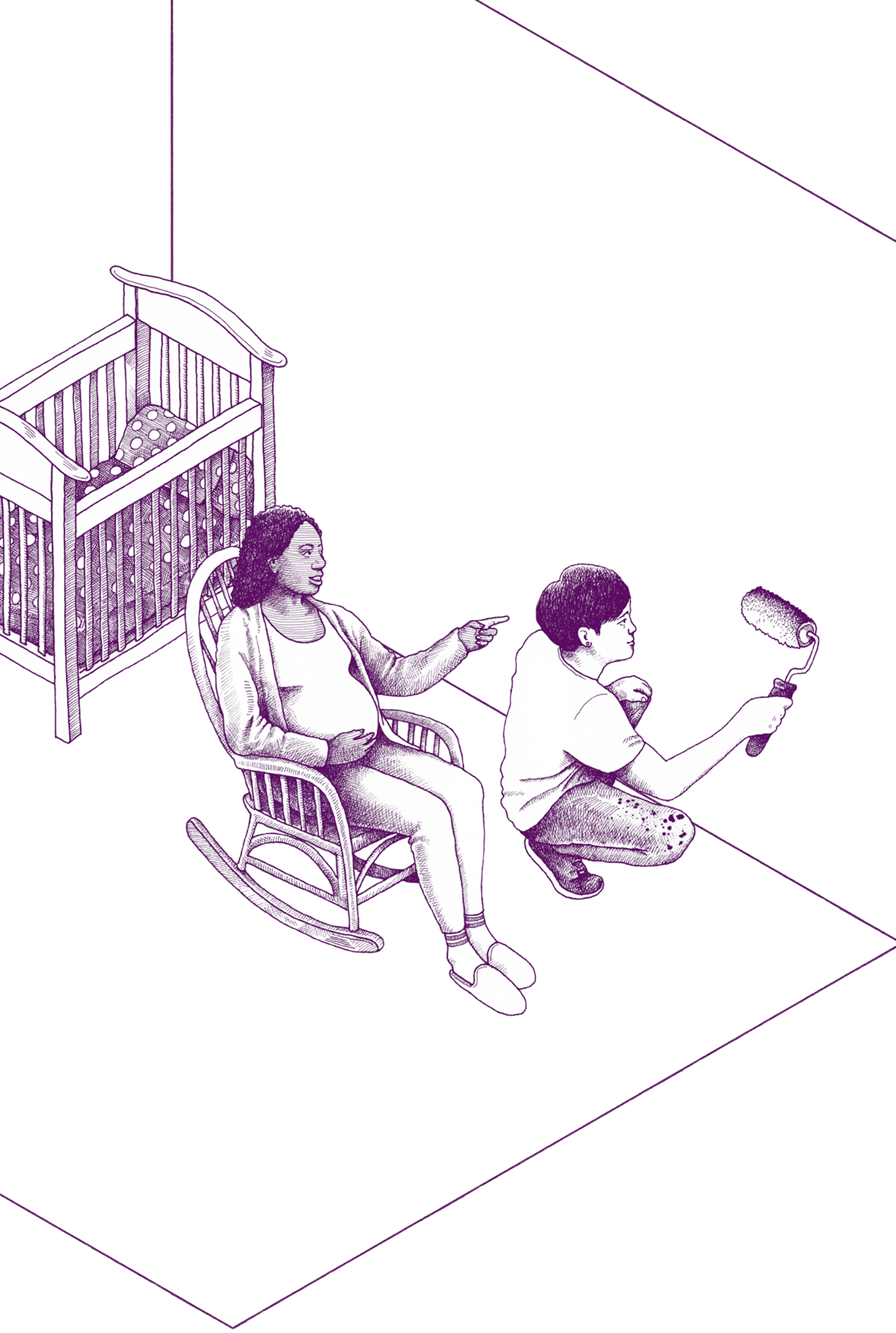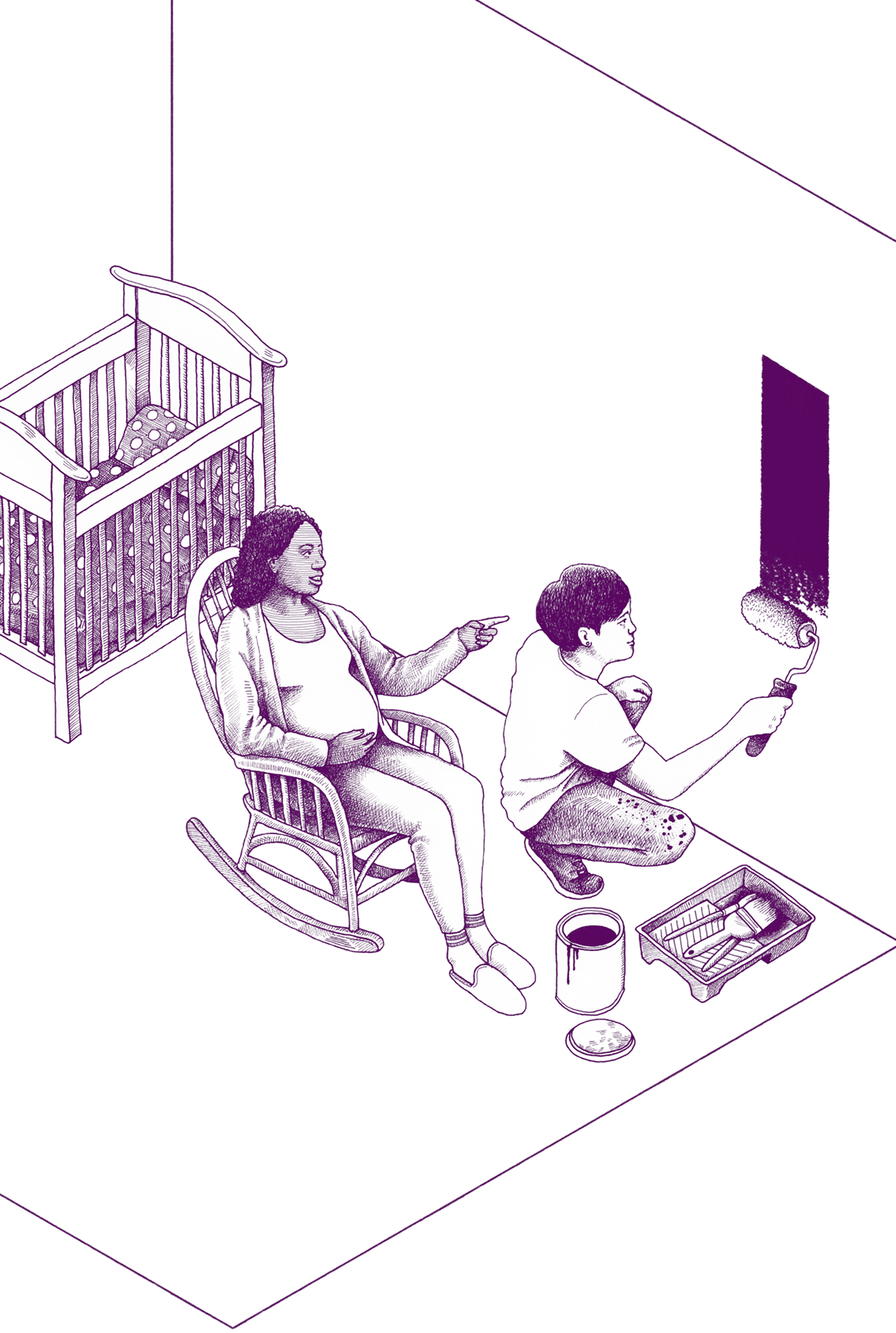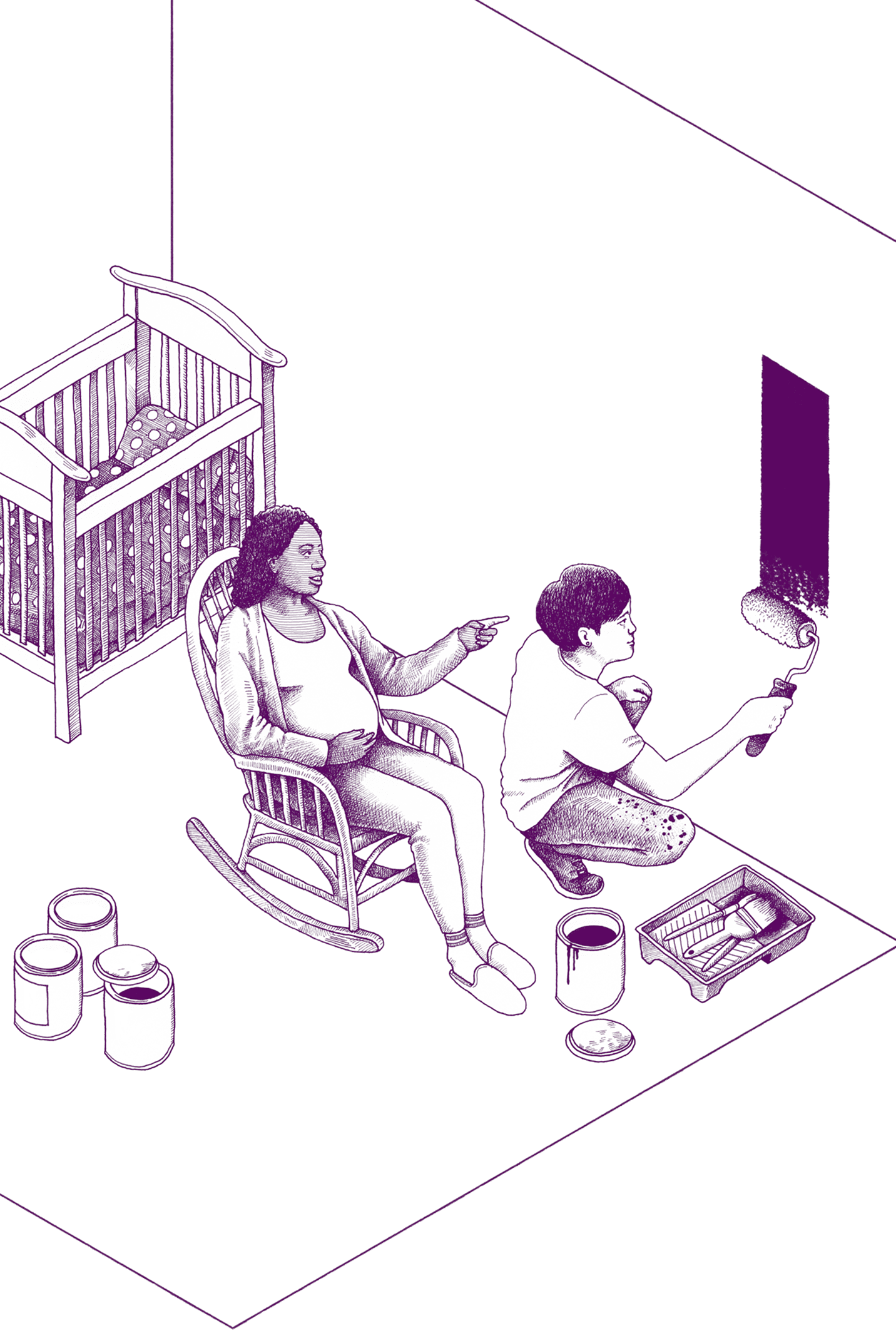Pursuing durable outcomes
That’s 40% of our staff.
At Nava, we know our work doesn’t end when a contract does. We invest in building internal government capacity and future-proof technology to promote long-term program success. This is one reason many of our government partners decide to work with us again and again.
Automating how people report intermittent PFML leave
Image caption
We helped Massachusetts DFML develop a digital automated solution for applicants taking intermittent leave to ensure an excellent user experience and promote the program’s long-term success.
Automating how people report intermittent PFML leave
Nava worked with the Commonwealth of Massachusetts’ Department of Family and Medical Leave (DFML) to improve experiences for applicants taking intermittent paid family and medical leave, or leave taken in separate time blocks. Previously, applicants had to call DFML to report their intermittent leave hours every week. We helped DFML implement a digital solution in their existing applicant portal that automates the reporting process and helps reduce call center volume.
To implement a digital, automated solution for intermittent leave reporting, DFML took a phased and human-centered approach. Over three months, DFML worked with Nava to conduct design and user research. We also brought developers into the process early so they could inform design decisions with their technical expertise.
Then, we helped DFML implement and test new features in phases. First, DFML built functionality into their existing applicant portal for reporting leave hours. Then, DFML introduced a feature that allows applicants to view their previously reported hours in the portal.
Using a phased and iterative approach to implement new features enabled DFML to deliver value to the public quicker. Throughout the project, Nava helped DFML meet continuously with their own staff and claimants, which allowed DFML to integrate user feedback into every step of the development cycle.
By shifting intermittent leave reporting into the applicant portal, DFML was able to deliver a more efficient and trustworthy experience for applicants and agency staff.
To learn more, read our case study.
Streamlining Massachusetts child care financial assistance with cloud technology
Image caption
By building user-facing and staff applications in the cloud, we’re helping Massachusetts break down barriers to child care access and ensuring the longevity of this key benefit program.
Streamlining Massachusetts child care financial assistance with cloud technology
The Commonwealth of Massachusetts’ Department of Early Education and Care (EEC) helps eligible families afford child care with federal and state funding. To streamline the child care financial assistance system, we’re helping EEC build a new front-end application and staff-facing portal with custom, cloud-native software. We’re leveraging human-centered design practices to ensure the new system meets families’ needs and helps Massachusetts break down barriers to child care access.
EEC is conducting user research with families and the caseworkers who help them apply for benefits to understand the challenges they might experience when using the application. We’re helping EEC host in-person and virtual interviews and distribute surveys to capture a wider range of participants. We’re also working with agency staff to learn about their back-end portal and the challenges and opportunities in the current system. This will help EEC develop the new system’s software requirements and structure.
While helping build the new staff portal, we’re holding regular meetings with EEC to show progress, get feedback from staff, and ensure the application meets their needs. These progress updates are preparing staff to operate and maintain the new system, promoting long-term success. We’re also helping EEC test the new front-end application with families and caseworkers who use the system, which is helping EEC build a more human-centered service.
The new financial assistance system will be one of EEC’s first cloud-native applications, and we’re helping EEC leverage the U.S. Web Design System to ensure all cloud products are cohesive and seamless. This ensures the financial assistance system is cohesive with EEC’s other products — both live and in-development — and supports the infrastructure’s long-term sustainability.
Becoming a premier PFML vendor
Image caption
With three PFML implementations under our belt, we’re shaping PFML delivery in the U.S. to be human-centered, cost-effective, and efficient.
Becoming a premier PFML vendor
Six years ago, Nava won its first prime contract working on paid family and medical leave (PFML) services when the Commonwealth of Massachusetts tapped us to help build and maintain their brand new PFML program. In 2024, we won prime positions helping two more states build their PFML programs, making us a prime contractor on three of the 14 PFML implementations nationwide.
Our longstanding work with Massachusetts’ Department of Family and Medical Leave (DFML) has enabled us to cultivate a strong talent pool of PFML delivery experts that can hit the ground running on new projects. We’ve aligned our PFML scrum teams around the applicant, employer, staff, and payment experiences, and empowered each team to build their own product roadmaps. We also ensure each scrum team has the right mix of skills and the right ratio of designers to engineers. This staffing model has enabled our new state partners to fire on all cylinders faster.
Our expert delivery staff have honed and iterated on best practices that loosely apply across PFML programs, all while keeping up with cutting edge technology in our industry. We’ve built modular tools and templates that help our government partners accelerate prototyping and deliver tangible, positive outcomes for feedback in weeks, not months.
Working across states means we can reuse proven best practices. This is more cost-effective for tax payers and state agencies, helps applicants receive benefits as quickly as possible, and reduces burden for state agency staff.
To learn more, read our case study.


